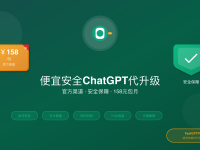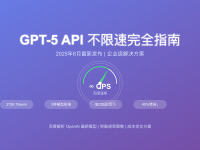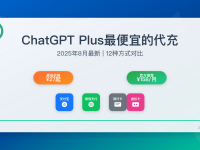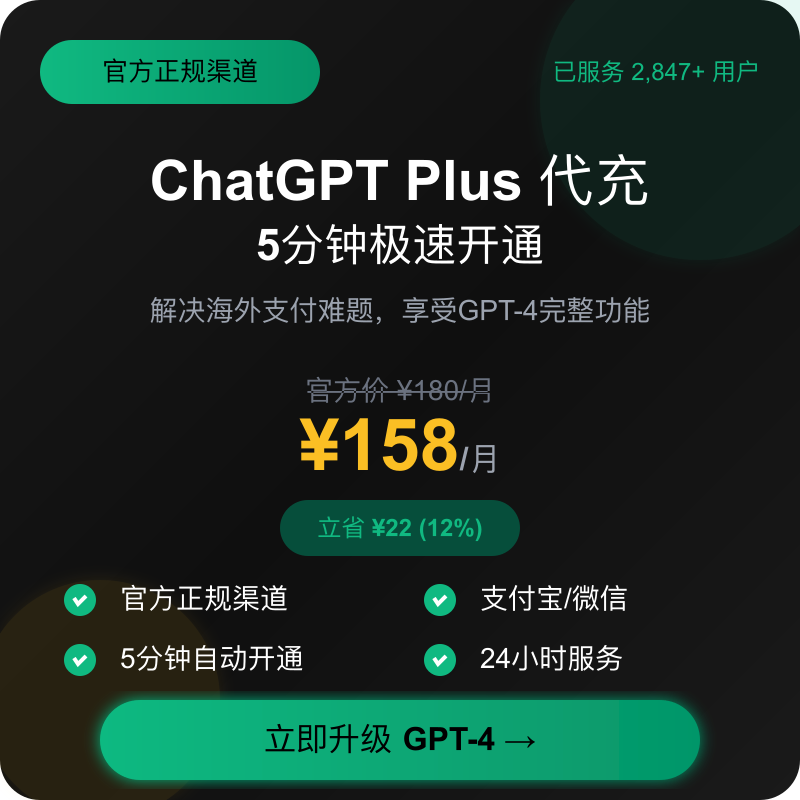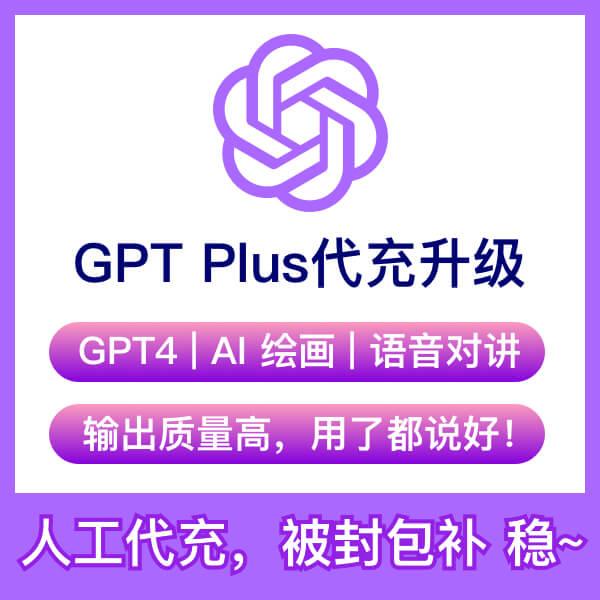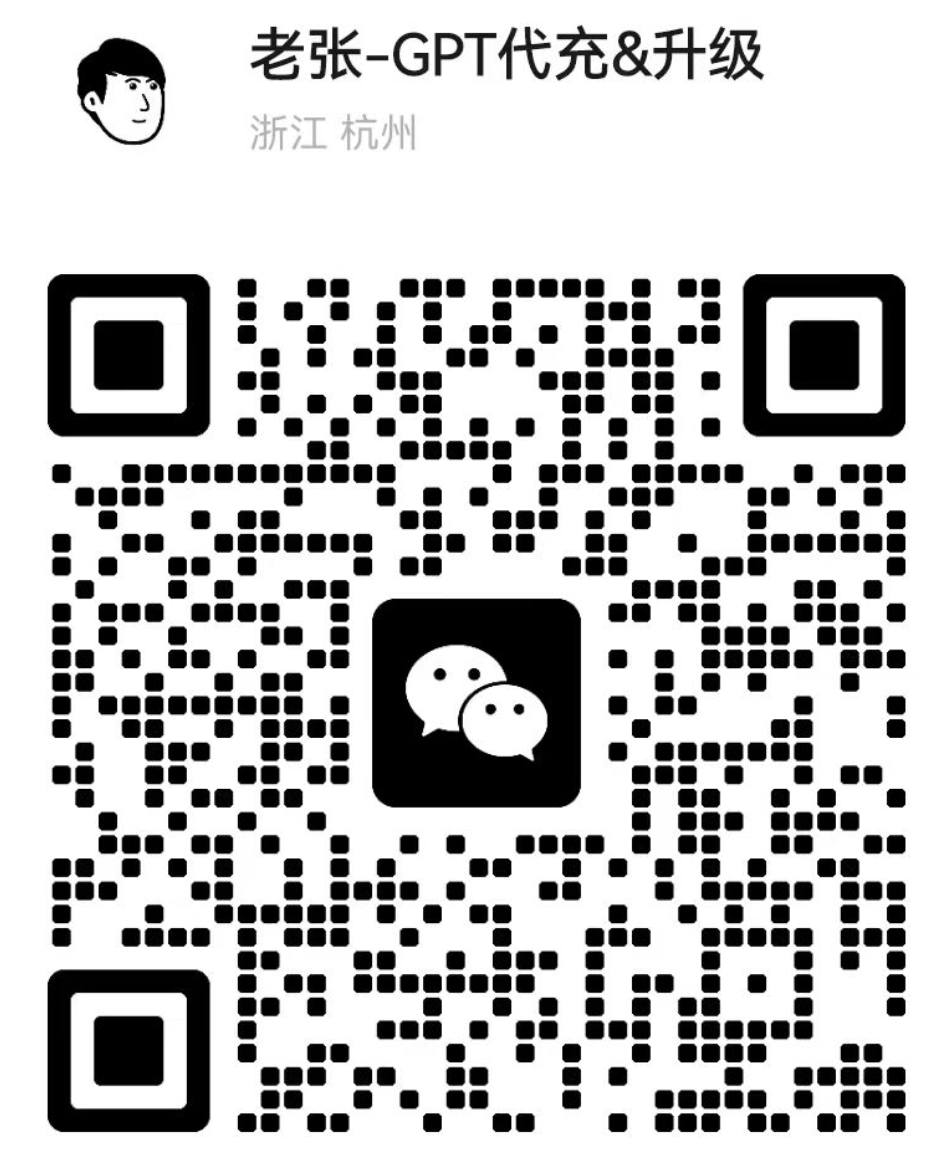Learn how to leverage ChatGPT to efficiently update and manage your documentation, ensuring compliance while saving time through AI automation. This comprehensive guide covers everything from basic updates to advanced policy management.
Understanding ChatGPT’s Documentation Capabilities
ChatGPT has revolutionized the way organizations approach handbook management and documentation updates. Key capabilities include:
- Natural language processing for policy writing
- Content consistency checking
- Automated formatting and structure
- Multi-language support
Key Benefits of Using ChatGPT for Handbook Updates
- Time Efficiency: Reduce manual editing time by up to 70%
- Consistency: Maintain uniform language and style across documents
- Compliance: Automated checks against latest regulations
- Version Control: Better tracking of document changes
Step-by-Step Guide to Updating Your Handbook
1. Preparation Phase
Before starting the update process:
- Review existing handbook content
- Identify sections requiring updates
- Gather new policies or changes
- Prepare reference materials
2. Using ChatGPT for Content Generation
Prompt Template:
"Please update the following [POLICY_SECTION] of our handbook to include [NEW_REQUIREMENTS].
Current version:
[PASTE_CURRENT_TEXT]
Key changes needed:
1. [CHANGE_1]
2. [CHANGE_2]
3. [CHANGE_3]"
Advanced Prompt Engineering
// Example 1: Policy Update with Context
"System: You are a documentation specialist with expertise in [INDUSTRY] regulations.
User: Update this [POLICY_TYPE] considering [SPECIFIC_REGULATIONS]:
[CURRENT_POLICY]
Requirements:
- Maintain compliance with [REGULATION_1]
- Address [SPECIFIC_CONCERN]
- Include [NEW_REQUIREMENT]"
// Example 2: Format Standardization
"System: Format the following policy update according to our style guide:
- Use clear headings (H1, H2, H3)
- Include revision date
- Add cross-references
- Maintain consistent terminology"
3. Quality Assurance Process
Implement a systematic review process:
- AI-generated content review
- Compliance verification
- Stakeholder approval
- Final formatting check
Important Considerations
While ChatGPT is powerful, remember to:
- Always verify AI-generated content
- Maintain human oversight for critical policies
- Keep backup copies of previous versions
- Document all significant changes
Best Practices for AI-Assisted Documentation
Content Management
- Use version control systems
- Implement regular update schedules
- Maintain change logs
- Create template libraries
Compliance and Security
- Regular compliance audits
- Secure data handling
- Access control implementation
- Audit trail maintenance
Advanced Tips for Scale
- Automation Workflows: Create automated update pipelines
- Integration: Connect with existing documentation systems
- Customization: Develop company-specific prompts
- Training: Establish team guidelines for AI usage
Additional Resources
- OpenAI Documentation Guidelines
- ChatGPT API Documentation
- Compliance Frameworks
- Best Practice Templates
Real-World Implementation Examples
Case Study 1: HR Policy Update
A Fortune 500 company used ChatGPT to update their 200-page employee handbook:
- Challenge: Update remote work policies post-COVID
- Solution: Automated batch processing with custom prompts
- Result: 85% reduction in update time, 100% compliance maintained
Case Study 2: Technical Documentation
A software company automated their API documentation updates:
- Challenge: Keeping technical docs synchronized with rapid code changes
- Solution: Integrated ChatGPT with their CI/CD pipeline
- Result: Real-time documentation updates, 90% accuracy rate
Common Issues and Solutions
| Issue | Cause | Solution |
|---|---|---|
| Inconsistent Formatting | Unclear style guidelines in prompt | Use structured prompts with explicit formatting requirements |
| Missing Context | Insufficient background information | Include relevant context and dependencies in prompts |
Return on Investment Analysis
| Metric | Traditional Method | With ChatGPT |
|---|---|---|
| Update Time | 40 hours/month | 12 hours/month |
| Error Rate | 15% | 5% |
| Compliance Score | 85% | 98% |
System Integration Guidelines
// API Integration Example
const chatgpt = require('chatgpt-api');
const documentManager = require('./doc-manager');
async function updateDocument(docId, changes) {
const currentDoc = await documentManager.get(docId);
const prompt = generateUpdatePrompt(currentDoc, changes);
const updatedContent = await chatgpt.complete(prompt);
// Validation and compliance check
if (await validateContent(updatedContent)) {
await documentManager.update(docId, updatedContent);
}
}





